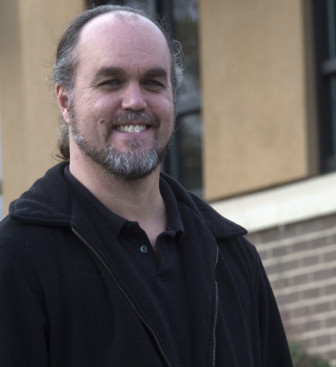 The greatest threat to restorative justice (RJ) is co-optation by the current system. As interest grows in the techniques of RJ, educators, police, probation officers, courts and many types of therapists and social workers are trying to bring restorative practices to their fields. This is a good trend, but there are risks.
The greatest threat to restorative justice (RJ) is co-optation by the current system. As interest grows in the techniques of RJ, educators, police, probation officers, courts and many types of therapists and social workers are trying to bring restorative practices to their fields. This is a good trend, but there are risks.
Widespread adoption can lead to a dilution or misunderstanding of the values that underlie truly restorative systems and groups that haven’t been represented in the process can be marginalized.
In the first case the co-optation is direct. Professionals, long accustomed to addressing the justice needs of their communities, adopt some aspects of a restorative approach while maintaining a punitive system. It may be difficult for them to conceptualize a system that puts the needs of victims (and not the interests of the state) at the center of the process, or that gives true voice to young people who cause harm.
Similarly, they are often well-versed in tactics of control through the use of sanctions, and may see cases through a tit-for-tat lens. For example, a youth who committed vandalism might be assigned community service for a certain number of pre-determined days. Even if the victims of his vandalization are able to make a statement the outcome is already set by state fiat. This approach can preclude the more creative solutions that may arise from a collaborative process. RJ asks that we trust the wisdom of the community, especially those most impacted by a harm. Governmental systems are unaccustomed to handing over authority when the outcome is uncertain.
In schools for instance, as Kathy Evans of Eastern Mennonite University writes, “having kids wash the cafeteria tables in lieu of suspension may be a better option, but it isn’t necessarily restorative. Initiating a peer mediation program is fine, but let’s not assume that this program aligns with the values of restorative justice. Implementing restorative justice to address behavior without critically reflecting on how curriculum content or pedagogy perpetuates aggression is limiting.”
The second facet is harder to see. Traditional systems by their nature represent the interests of the majority, and groups that have less power have trouble being heard by their governments and fellow citizens. Blacks, Latinos and the poor are all overrepresented in the criminal justice system, and their communities suffer various ills at a greater rate than the majority. The current systems have trouble accounting for a larger frame of reference that includes poverty, drug use, minority status or other factors that may indicate a lack of social justice. When these communities seek to bring RJ to their neighborhoods or schools their voices may go unheard, drowned out by a host of professionals.
A friend of mine who has been diagnosed with a mental illness told me recently about social workers coming into her low income neighborhood eager to use restorative approaches to conflict. My friend excitedly told them that she had studied with the creator of Restorative Circles, Dominic Barter. In fact my friend has traveled around North America to practice with Dominic eight times, each time for three or more days. I don’t know anyone else who has done more training in the process. Despite her experience though, the professionals didn’t listen to her. Her voice remained unheard.
Restorative approaches are rapidly gaining credibility around the country, and with good reason. A lot of evidence suggests that restorative practices in various settings produce superior results when compared to punitive and retributive systems. Schools in California, Illinois, New York and other states are finding out that RJ programs can not only improve school climate but also impact discipline and performance far better than zero tolerance policies. Juvenile justice systems too are adopting restorative frameworks around the nation.
All of these are good signs, but those who support this philosophy need to be on guard that it remains inclusive and accessible. For too long our society has outsourced justice to professionals while ignoring those most at risk. Justice can, and should, belong to everyone.

Labeling something as “restorative justice” is “like a box of chocolates – you never know what you are going to get”. Expanding restorative practices is very important – but you raise a couple of concerns that are really important for supporters to hear – namely, just calling something restorative in order to “sell it” without a true commitment to core principles, including who really is involved in and has voice in the process, will not be as successful and has the potential to hurt the “brand” of restorative justice. Even more important is your reference to making sure that “authentic” voices are heard and valued – particularly as things are implemented in neighborhoods that are used to those “in power” taking over the reins of leadership. Restorative practices have some short-term benefits, but true restoration and long term benefit in the community comes from building on the strengths of the community and turning over power and leadership truly to the community.